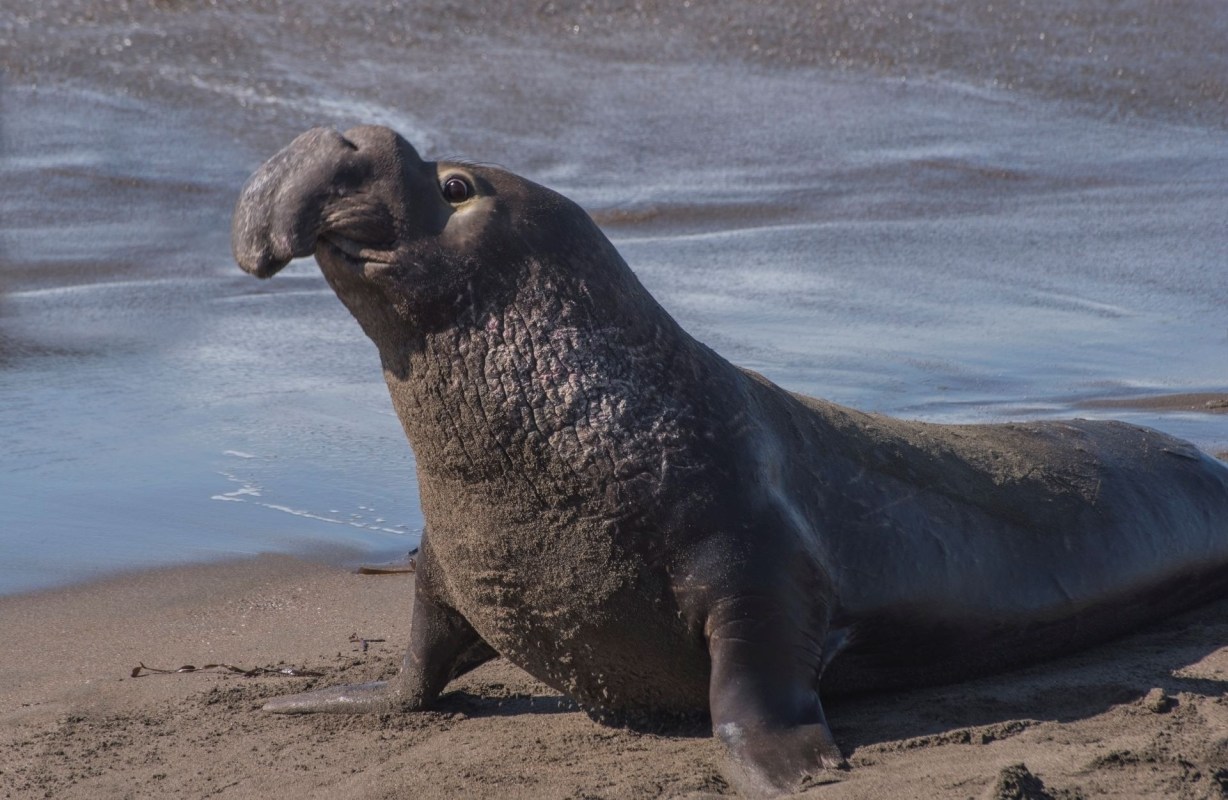Groups of sunbathing elephant seals are being celebrated as a sign that the marine mammal is recovering after a century of slaughter during the 1800s.
"They were thought to be extinct," Adam Ratner of the Marine Mammal Center in California told the New York Times in a report detailing an impressive bounceback for the species.
The unique-looking creature is showing up in more places, and the population is now estimated to be around 175,000. That's a big improvement from more than a century ago when they were rarely sighted anywhere in the world due to catastrophic overhunting.
Elephant seals are named for the trunk-like snout found in males. They can weigh up to 4,400 pounds and live for 13 to 19 years on average. During the year, they travel up to 13,000 miles during migration. Females give birth to a pup after 11 months of pregnancy.
The seals were killed in the 1800s for oil, which is rendered from their blubber —this took the Pacific population from hundreds of thousands to around 100 by 1892. In the 1920s, the Mexican and American governments gave the seals protection, and the population started to rebound.
So, when the Times reported that more than 1,400 of the seals were spotted frolicking on the California coast, it was considered by experts to be a good sign for the sea creature.
"It's a fabulous success story," Kathleen Curtis, president of Friends of the Elephant Seal, told the Times. She is among the creature's champions, watching the species thrive from afar.
Marine ecologist Sarah Codde told the Times that the population is stronger than ever.
"We expect them to keep increasing and keep expanding because nothing is really holding them back," she said.
But, human activity still endangers the seals. They can become entangled in fishing gear and drown. Ships also hit them in the sea by accident. Rising tides, linked to increasing temperatures, threaten their breeding habitats.
Much of the current population descended from a group found on Guadalupe Island more than a century ago, causing concerns about genetic diversity, the Times reports.
Regardless of the challenges, the population trajectory is pointed up for the massive mammal.
Join our free newsletter for cool news and cool tips that make it easy to help yourself while helping the planet.









